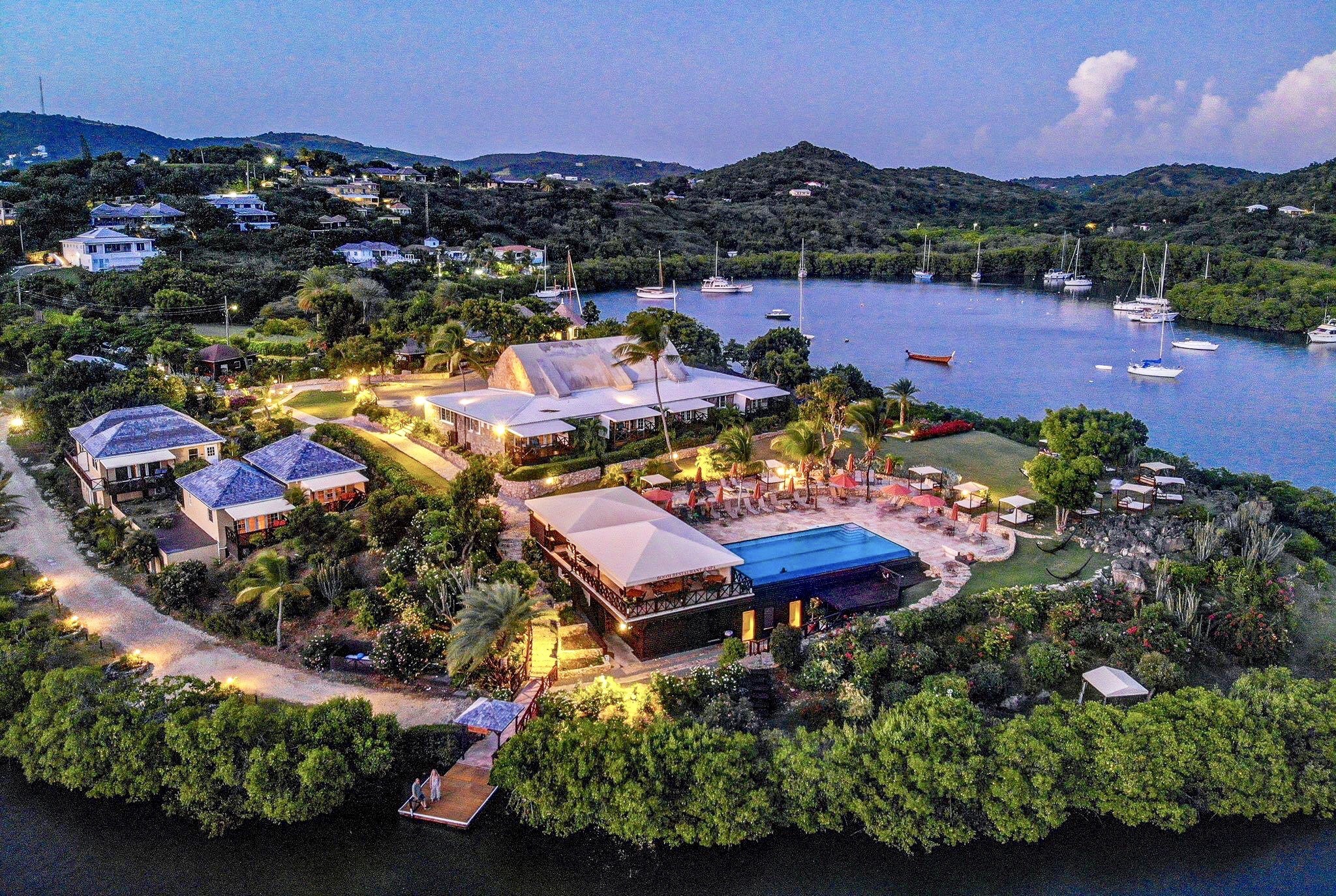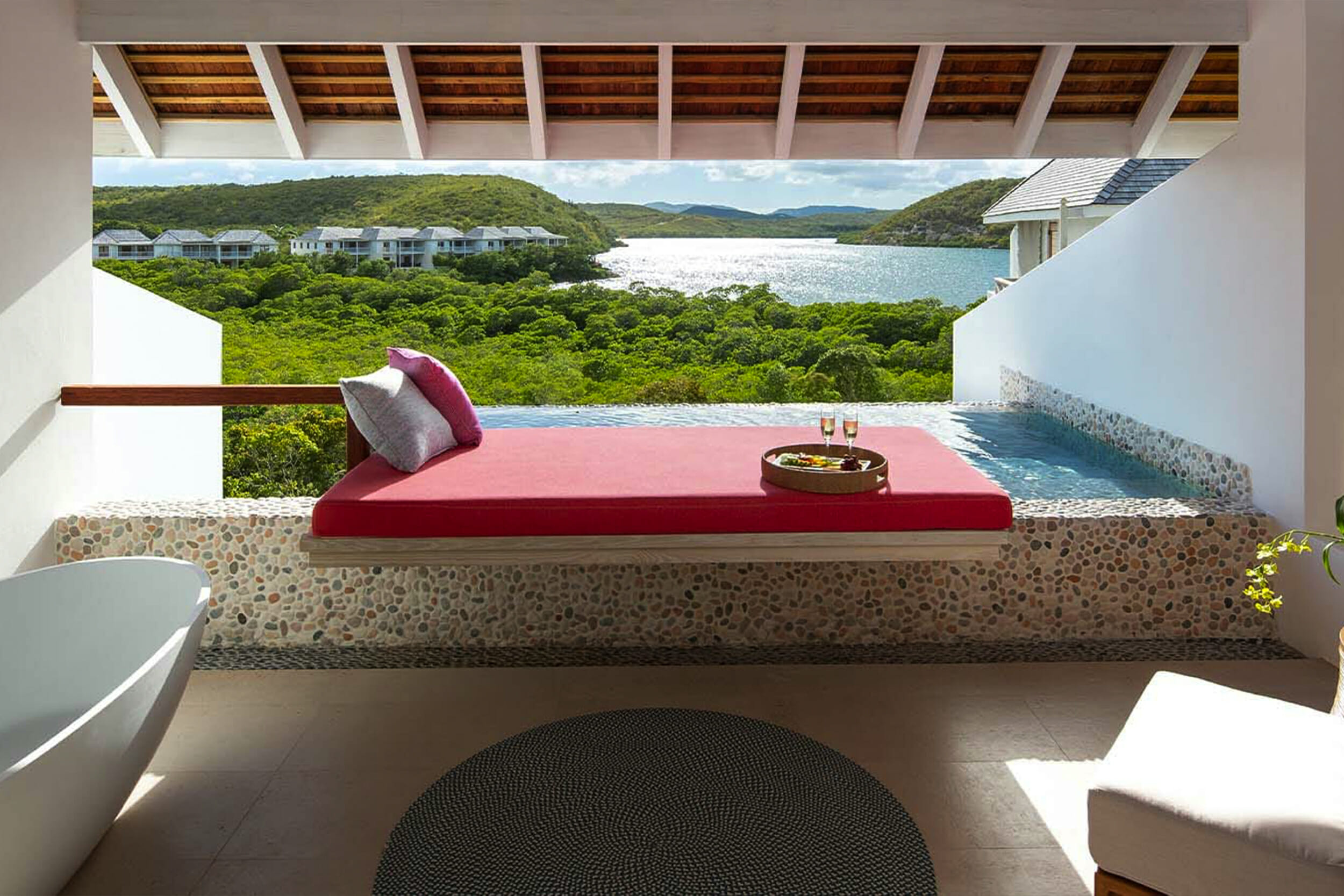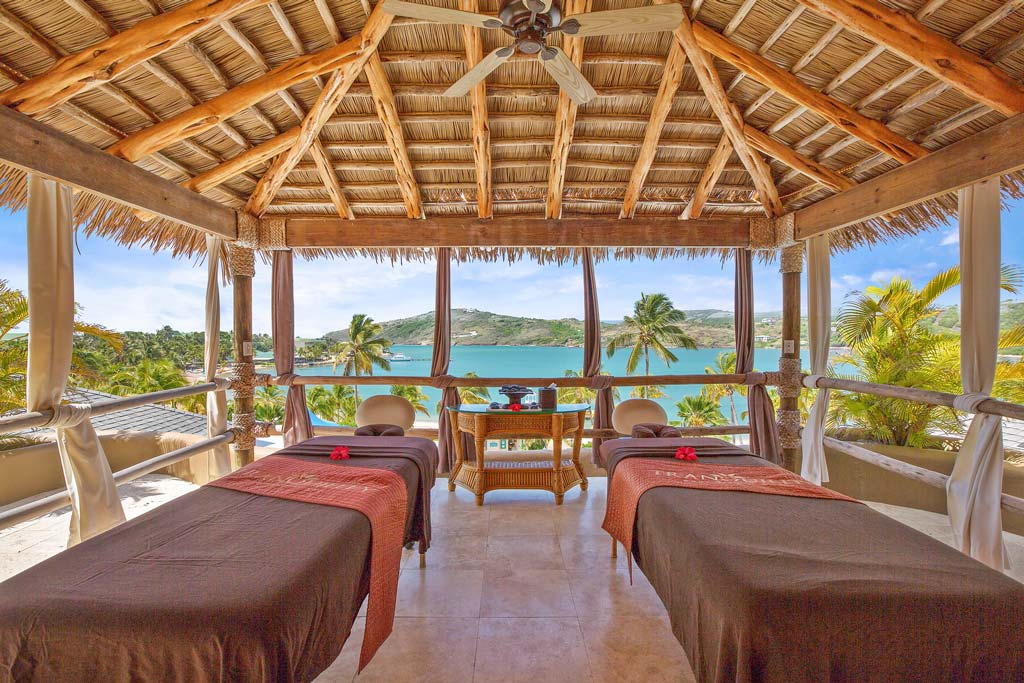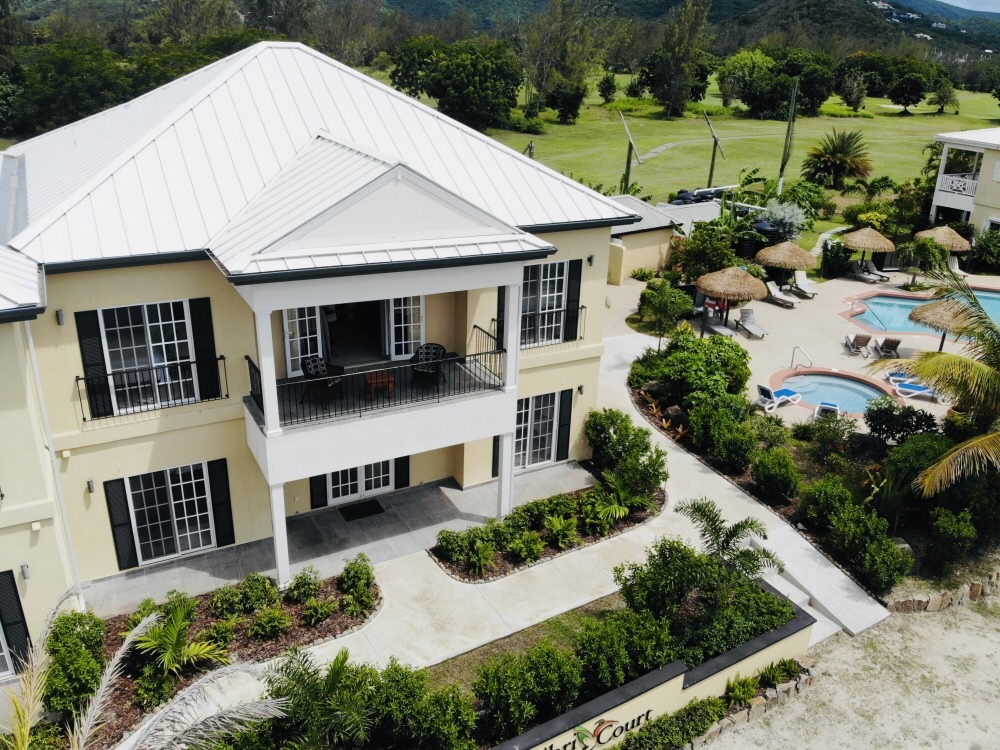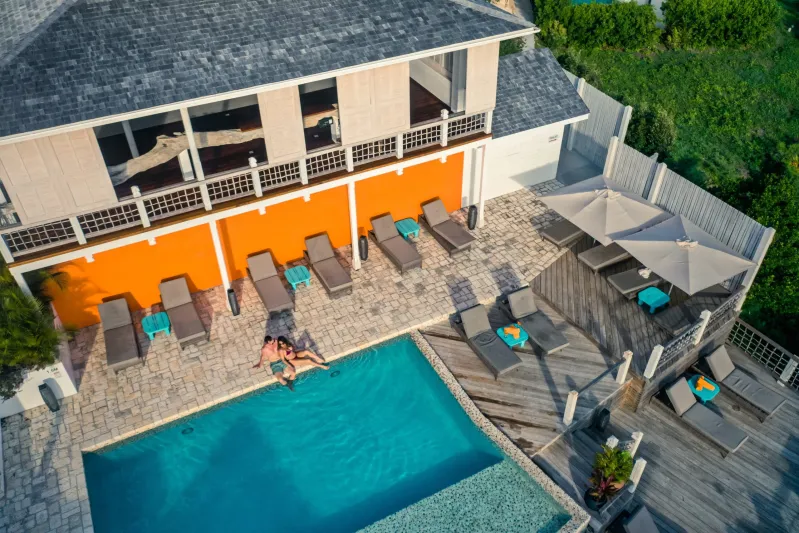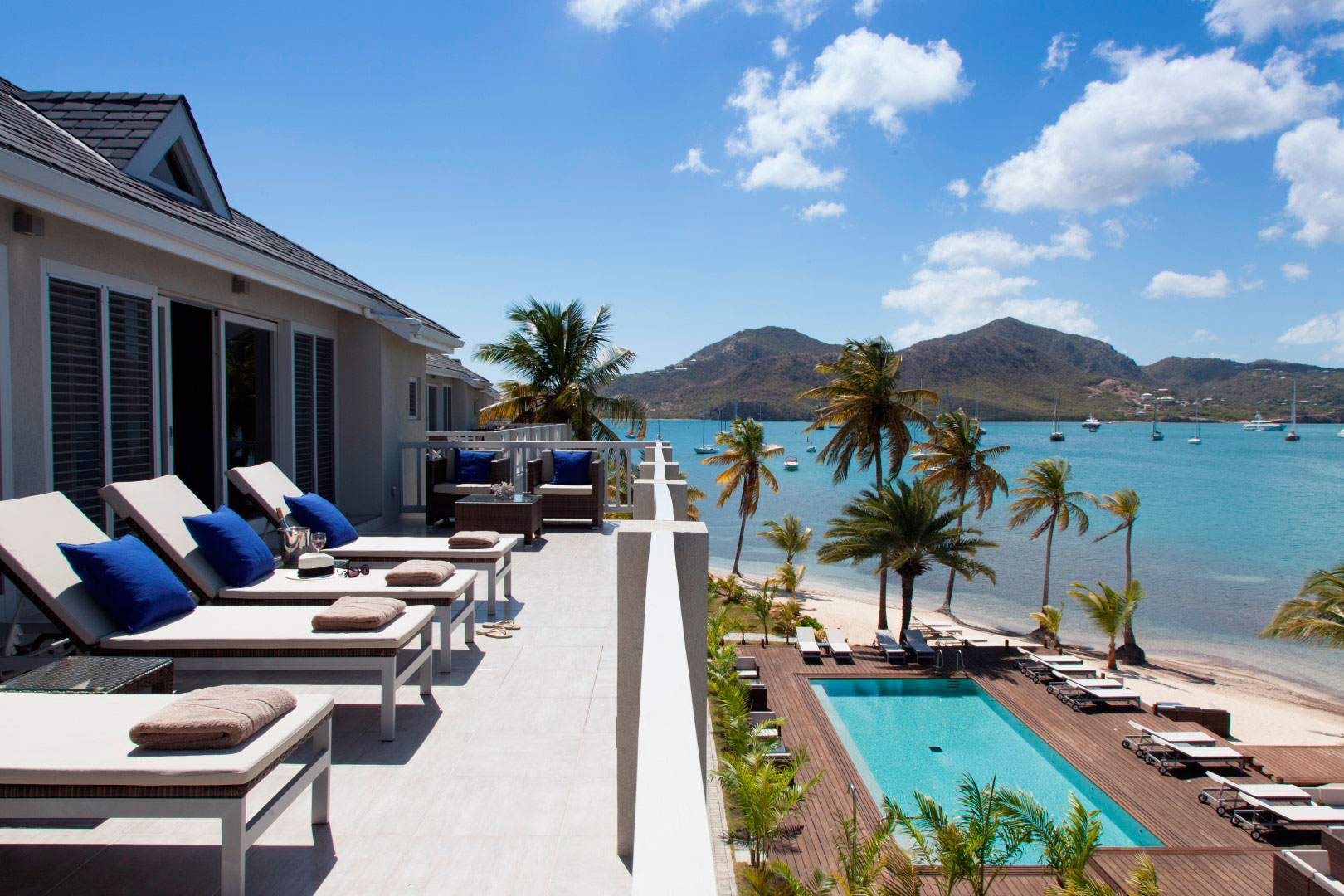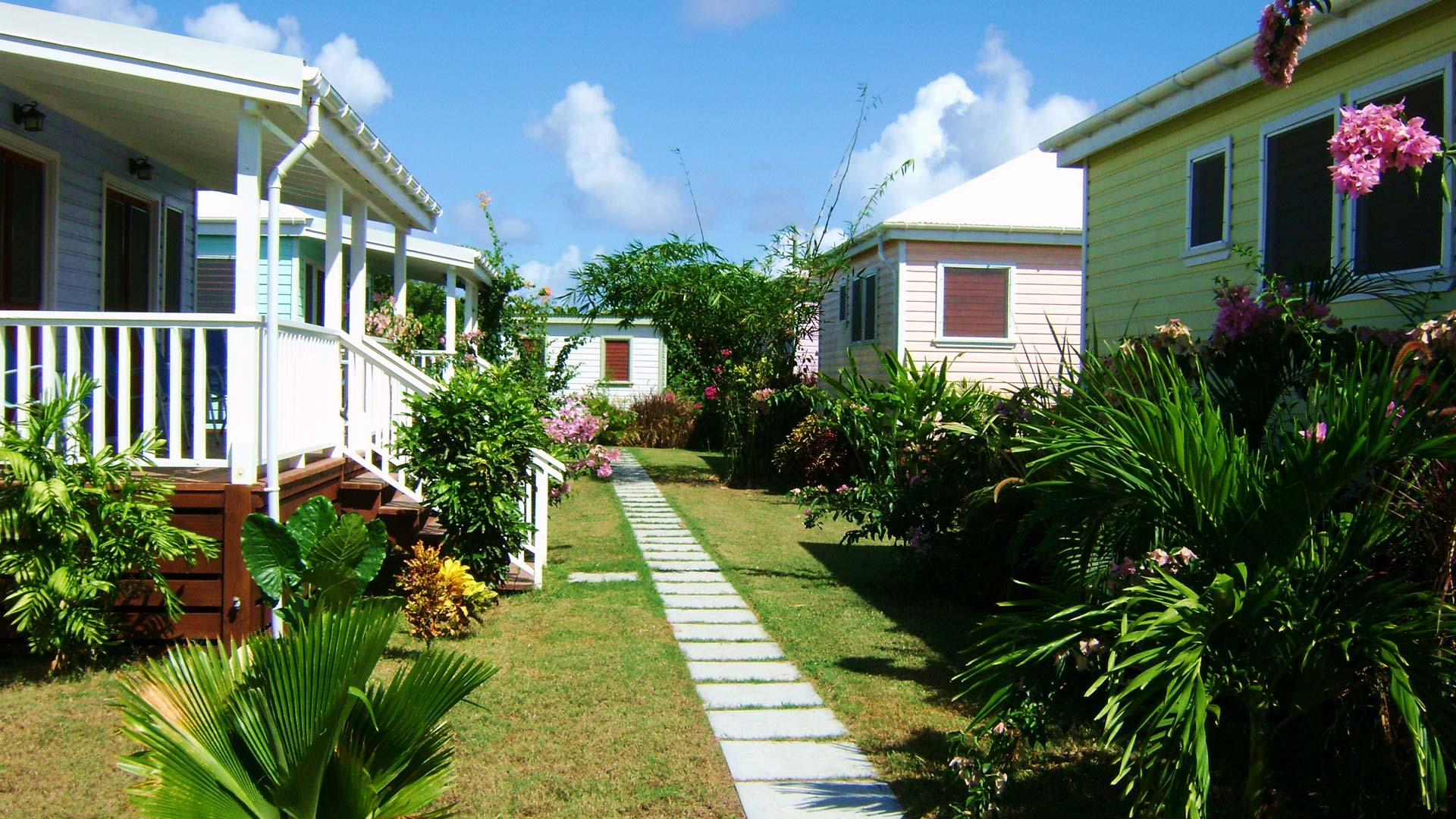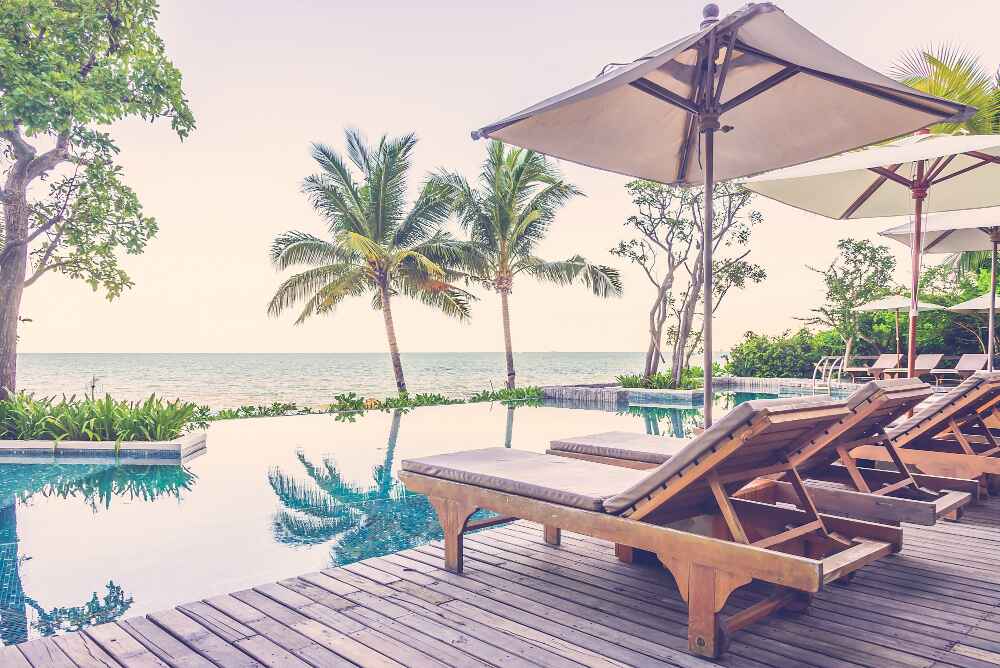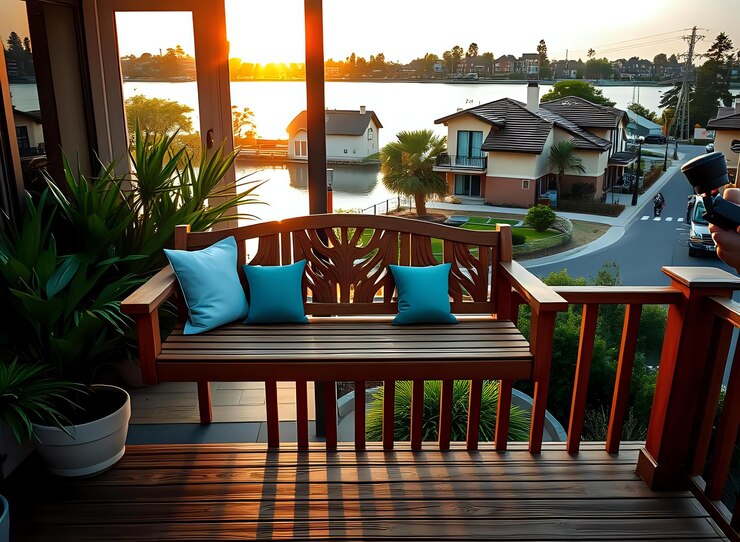Our People
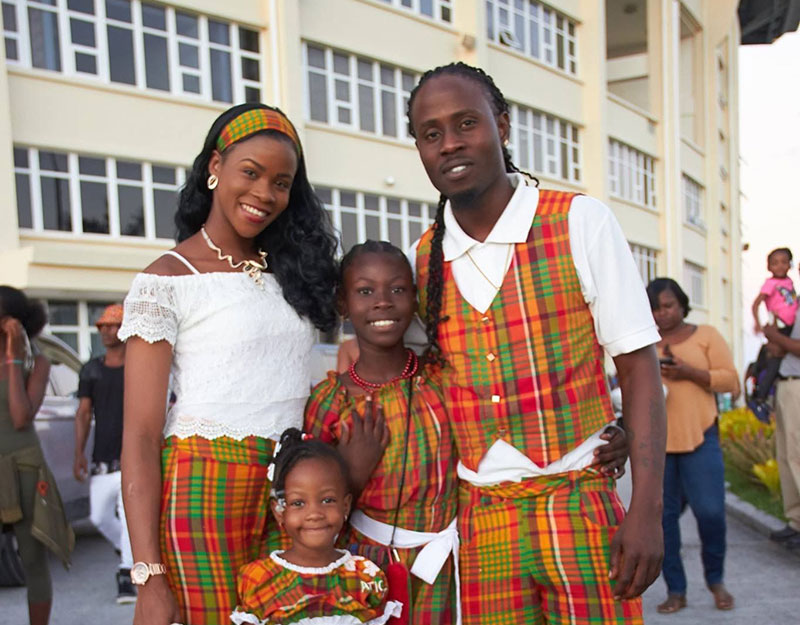
Welcoming Hearts, Rich Cultures!
Antigua and Barbuda’s diverse population includes African, European, and indigenous heritage. Known for vibrant music, festivals, and cricket, they enjoy sailing and beaches, attracting tourists with tropical charm and hospitality. We also have a vibrant expat community.
Our sons and daughters of the soil are home to some of the most talented, creative, innovative, and forward-thinking . Meet persons who have made significant contributions to the nation of Antigua and Barbuda, those who are raising the profile of the country as well as some of our special island personalities.
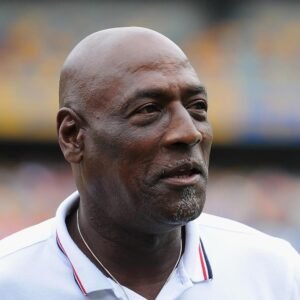
Sir Isaac Vivian Alexander Richards
Regarded as one of the greatest players of all time, Sir Viv was a dominant batsman for the West Indies during his glittering 17-year international career. Richards made his test debut in 1974, against India in Bangalore and never looked back! Richards’ international career went from strength to strength, scoring an incredible 8,540 runs in 121 Tests, he also captained the side to an impressive 27 Test victories from 50 Tests. Revered by the world’s greatest players Richards was also regarded as probably the finest ODI batsman of all time, which only highlights his adaptability and class in the game. Fortunately, he brought his aggressive yet majestic batting style to England and played county cricket for Somerset and briefly for Glamorgan. Richards lists one of his finest achievements in the game as winning the inaugural Cricket World cup in 1975, interestingly he also made the fastest Test century of all time, off just 56 balls, against England right here in Antigua during the 1986 tour. He is aptly nicknamed the ‘Master Blaster.’ In 2006, Sir Viv became a National Hero when he received Antigua and Barbuda’s highest award, Knight of the Order of the National Hero (KNH). Before that, in 1994, he was appointed an Officer of the Order of the British Empire (OBE) for services to cricket. Also, in 1999, he was made a Knight Commander of the Order of the Nation (KCN) of Antigua and Barbuda. The Sir Vivian Richards Stadium in North Sound, Antigua, is named in his honour. It was built for use in the 2007 Cricket World Cup.
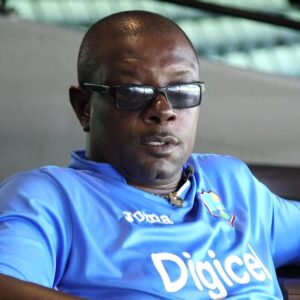
Sir Richard “Richie” Benjamin Richardson
Richie Richardson is a former West Indies cricketer and captain. He was born on 12th January 1962 at Five Islands Village at Antigua and Barbuda. He was an explosive batsman and superb player of fast bowling. He was famous for his wide-brimmed maroon hat which he wore in preference to a helmet against even the fastest bowlers. Richardson captained the West Indies in 24 Tests between 1991 when he took over from Viv Richards and 1995, winning 11, losing 6, and the rest ending in draws.
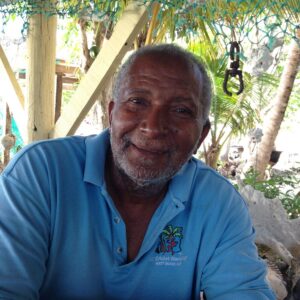
Sir Anderson Montgomery Everton “Andy” Roberts
Born in Urlings Village, Roberts was the first player born in Antigua to represent West Indies at cricket. Renowned for his formidable bowling style, Roberts quickly introduced himself on the world stage of cricket, with a style that was designed to lull batsmen into a false sense of security then devastate them with his accurate, pacey delivery. A fast bowler, Roberts twice took a 7-wicket haul in test matches during his illustrious career. He paved the way for fellow Antiguans such as Richie Richardson, Curtly Ambrose and Sir Viv Richards to integrate into the West Indies side and he was part of one of the all-time great bowling attacks which helped secure the first two Cricket World cups in 1975 and ’79. Since his retirement from the game, Roberts has helped with the administrative side of the game in Antigua namely helping develop the standard of pitches into the international quality they bestow today.
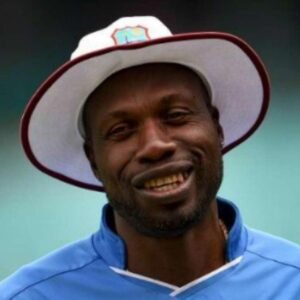
Sir Curtly Elconn Lynwall Ambrose
Standing at 6’7″, the imposing figure of Curtly Ambrose made him one of the most recognized and feared fast-paced bowlers of his generation. Ambrose grew up with a love of basketball, which given his height is understandable, and so didn’t get started with cricket until a relatively late age. It is a good job he did choose to swap the court for the crease, however, as he debuted for the West Indies in 1988 and by 1992 was chosen as one of the Windies Cricketers of the year. Ambrose enjoyed a brief spell playing for Northamptonshire, where he maintained impressive performances; including taking a wicket with the first ball he ever bowled for the club! A prolific career saw him take over 400 international wickets in just 98 Tests, with figures like this it is little wonder he was consistently top of the ICC rankings as the world’s best bowler.
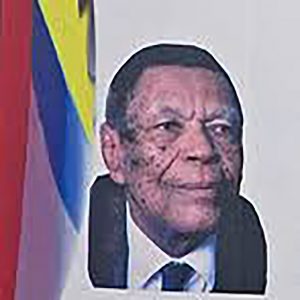
The Right Honourable Doctor Vere Cornwall Bird Sr.
Born on 9 December 1910, he is considered the ‘Father of the Nation’ and is commonly known as ‘Papa Bird.’ V.C. Bird was Antigua’s first Prime Minister from 1981-1994. While he lacked formal secondary and tertiary education, his work experience in both the Salvation Army and the Antigua Trades and Labour Union sparked his interests in unionism and politics. He gave up his post at the Salvation Army to fight for the freedom of his people, which he succeeded in doing. He was elected to the colonial legislature in 1945 and became the founding member of the Antigua Labour Party. His drive, conviction, and passion for Antigua propelled him to assist in the independence process for Antigua in 1981. If not for his passion, Antigua would not be entering its 40th year of Independence. In 1985, Antigua’s airport was renamed the V.C. Bird International Airport in his honour and in 1994, he was declared a national hero. He died 28 June 1999.
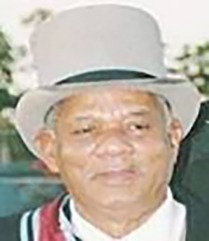
Sir George Herbert Walter
Sir George Walter was the second premier of Antigua & Barbuda in his short tenure from 1972-1976. Sir George is most notable for managing to pass the Social Security and Labour Acts, which were adopted by many Caribbean islands. He established the Antigua Workers Union in 1967 and later, as a way of break away from the Antigua Labour Party-affiliated Antigua Trades and Labour Union, which emerged from the Antigua Workers Union, co-founded the Progressive Labour Movement in 1968. He was made a Knight of the Order of the National Hero in 2008 and became Antigua’s fifth national hero.
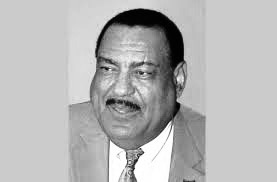
Sir Lester Bryant Bird
Sir Lester Bird is a former Prime Minister of Antigua and Barbuda and ran from 1994 – 2004. He was also the Chairman of the Antigua Labour Party from 1971 – 1983. In 1982, he was the first chairman of the Organization of Eastern Caribbean States (OECS) and then later served for a second term in 1989. Though American-born, Sir Lester was raised in Antigua and Barbuda as a Methodist, where he received up to his secondary education at the Antigua Grammar School and later went on to the University of Michigan. During his youth, he was a member of the Leeward Islands Cricket Team and a long jump champion, receiving a bronze medal in the long jump at the 1959 Pan-American Games in Chicago. He was made a Knight of the Order of the National Hero in 2014 and published his autobiography ‘The Comeback Kid’ in 2019.
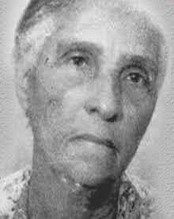
Dame Georgiana ‘Nellie’ Robinson
The nation’s sole female National Hero, Dame Georgiana ‘Nellie’ Robinson, was born on 7th December, 1880 and died on 29th April, 1972. Her earliest days were spent on Newgate Street, St. John’s before moving to the US, where she spent most of her childhood. There she worked as a child nurse, house worker, and governess from age 13 years. She moved back to Antigua in 1894 and continued her education at the Coke College on East Street, and at the age of 18, began teaching her siblings, and other children. This was the start of the Thomas Oliver Robinson (TOR) Memorial School, which still educates the nation’s children today. The TOR Memorial was the only mixed (co-educational) school on island at that time. “Miss Rob”, as she was called, “broke down colour and class barriers, believing that all children should have access to learning”. She continued teaching for the next 57 years, eventually retiring in 1955. This school, which she founded, has produced some of the nation’s finest citizens.

Prince Klass
This former slave, Prince Klass, also known as King Court, is credited with organising the 1736 rebellion which sought to free all slaves. However the plot was unsuccessful, as fellow slaves informed of their plans, and the ring leaders, Prince Klass included, were executed. It has been said that this African slave was of royal heritage. A monument stands on Independence Drive in his honour. Its colours symbolise the black men who were killed for their rebellious attempt and the blood that was shed. The monument was designed by Barry Davis, while Sir. Reginal Samuel, designer of the National Flag, fashioned the statue.
